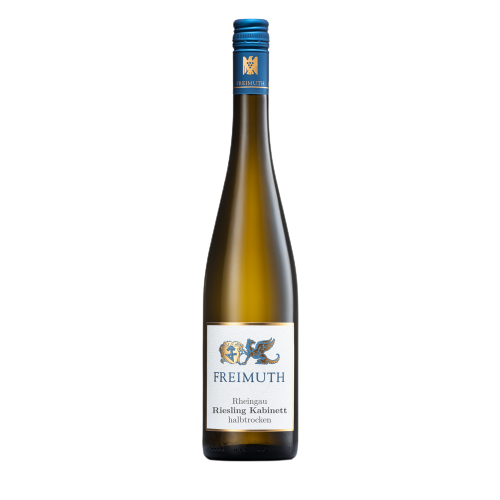Den højst-ratede Østrigske rødvin nogensinde hos Jancis Robinson! Kun 9 Østrigske vine har scoret 19 point (af 20), ud af i alt 6.353 anmeldte vine! Af disse ni vine er KRANZEN den eneste rødvin på listen. Jancis skriver:
"Everything a Blaufränkisch should be: poise and power with an unyielding acidity. Incredibly supple and thrilling; layered and complex. Fine-boned structure in pitch-perfect harmony. And a lingering savoury finish long after the glass (or the bottle) is gone."
Jancis Robinson (19 point af 20)
Site & soil
Kranzen (3.4 hectares) is located in the middle terrain of Spitzerberg, between 190 and 230 meters above sea level. It is oriented to the south and southwest. The upper area is steep and very dry with calcareous sands and consolidated sandstones. Downwards, ending at the next level of terrain, it flattens out. Here the color of the soil is darker and moister with lower content of limestone.
Here we cultivate two plots with a total area of almost 1 hectare, which were planted in 1950 and 1984. Kranzen always produces slightly more edgy, dark-aromatic wines that stand out from other Spitzerberg sites due to their robust fullness. There is a tendency to describe them as the masculine side of the Spitzerberg.
Harvest & vinification
The grapes are harvested by hand, spontaneously fermented in open vats - without pumps, without cooling or heating. From time to time, the juice from the bottom of the vat is poured by hand over the cap to keep it moist. The extraction is very gentle and slow. After pressing, the wine rests in large old wooden barrels for around 20 months before being bottled without filtration.. Production is 1.500 bottles.
Vintage 2019
On Spitzerberg, 2019 is – together with 2017 – probably the best vintage of the decade. The spring was long, and in the end quite cool and humid – thanks to these conditions, the soils were well prepared for a long and very summer. Autumn was stable, but started to get cool quite soon. All together, 2019 offered great conditions for a fantastic vintage, showing a lot of freshness and elegance, while beeing complex and dense.
Land: Østrig
Region: Carnuntum
Appellation: Spitzerberg
Druesort: 100% Blaufränkisch
Alkohol: 13,5%
Vintype: Rødvin
Indhold: 75 cl.
Spitzerberg
One can perhaps picture the Spitzerberg as a reef, with the primeval ocean breaking upon its rocks for millions of years. Because of this, the Spitzerberg is covered with a thick layer of limestone, which comes from the ‘middle ages’ of geology. The sandy ground retains little in the way of water, and the mount – some 300 meters in elevation – always lies open to strong winds and high temperatures; there is no mistaking the expressive nature of grapes grown on the Spitzerberg. The extreme conditions yield marvelously aromatic wines with complexity and depth, finely woven filigreed texture and a refreshing framework of acidity.

The Spitzerberg is an approximately 5km-long & 300-metre-high limestone bar in easternmost Carnuntum. It is situated, extremely exposed to the wind, between the Alps (Leitha Range) and the Carpathians (Hainburg Hills). Thanks to the constantly breaking surf of the primeval sea that once covered the area, a thick layer of limestone was deposited on the hillside, which eroded over time to the size of grains of sand. Rainfall on the Spitzerberg amounts to only about 400mm per year, and the summer temperatures often reach 35–40°C. The sandy limestone soil can only store precious little water. This leads to very low yields at harvest, a maximum of 3000kg of grapes per hectare.




























